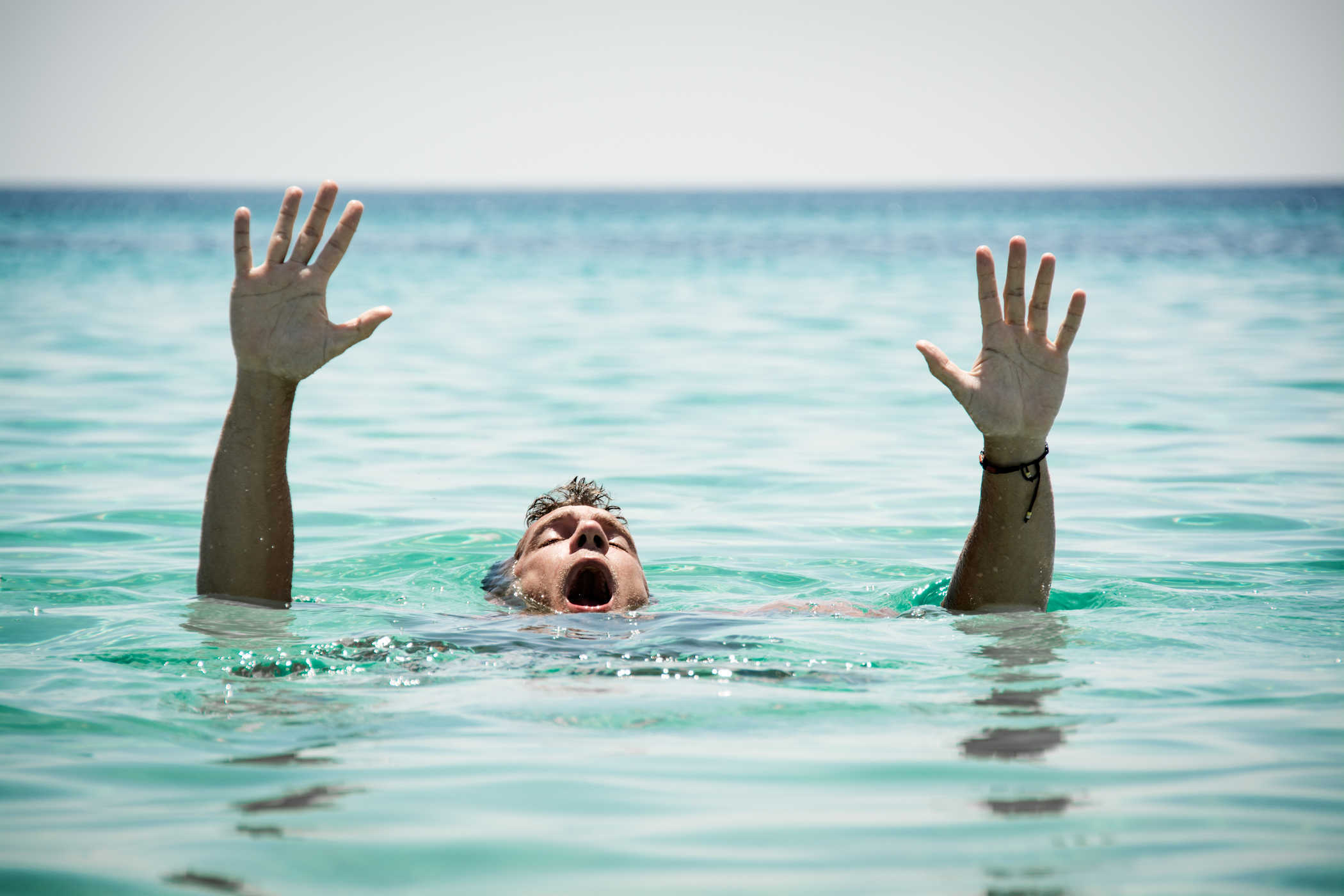Contents:
Medical Video: How to save someone who is drowning
When someone drowns, it is unlikely that the event will look as horrendous as we often see in films: screaming for help, bobbing, making splashes of water as hard as possible to try to stay on the surface of the water. When they are completely submerged, they will not be able to make any sound so that they can easily be swallowed up by the water roll without people aware of it.
Although accidents related to drowning usually occur in public places, such as beaches and swimming pools, a toddler can sink into a water level of 5 centimeters - enough to drown his mouth and nose - whether in a bathtub, sink or even toilet if he falls inside head position first.
What should be done when helping people drown?
1. Get help
If you are at the pool or beach when you know someone is drowning, shout to tell the lifeguard or the closest people, and immediately contact the police (110) or emergency ambulance (118).
If you are alone when you want to help people drown, if things are safe and possible, try to reach the victim. Use a long stick, rope, swimming pool, or any nearby object that can help you to pull the victim to the mainland.
But remember: if the situation requires you to swim closer, make sure you really can swim and your energy is strong enough to swim while carrying the victim back to the mainland. To be safer, bring a float with you.
Approach the victim from the back side calmly. Hold the victim's shirt, or support the victim's neck so that it stays on the surface of the water as long as you pull it to the mainland. When pulling it out of the water, keep the neck and head propped up to be aware of neck and head injuries.
2. Check vital signs
Lay the victim in a safe place and flat in a supine position. Remove the wet clothes and cover the victim as soon as possible with a warm shirt or blanket.
Lift your head slightly upwards, but if you suspect a neck and / or head injury, just open the jaw and don't lift your head.
Keep your ear close to the victim's mouth and nose. Do you feel any air blowing? Also note whether the chest moves up and down to indicate the victim is still breathing. If the person is not breathing, check the pulse for 10 seconds.
Give them five artificial breaths before starting CPR. How:
- Pinch the person's nose and place your lips, in a closed position, above his mouth.
- Take breath as usual and blow the air slowly (1-2 seconds each time) into his mouth. If you deal with a child under one year of age, simply valve your lips and exhale artificial breath without needing to pinch the nose.
Check whether the victim's chest fluctuates, before starting to give the next artificial breath.
If the victim vomits, tilt his head and throw away his mouth to prevent him from choking.
3. Start CPR
If when taken to land, the person is unresponsive and does not breathe, immediately begin CPR action.
CPR for adult and children over 1 year:
- Place the bottom of the wrist of one of your hands in the center of the victim's chest, between the nipple lines. You can also place your other hand on it.
- Press down about 5 centimeters. Be sure not to press the ribs.
- Perform 30 times chest compression, at a rate of 100 times compression per minute or more. Allow the chest to rise completely between the pressures.
- Check whether the person has started breathing.
CPR for children under 1 year:
- Place two fingers on the breastbone.
- Press down 1-2 centimeters deep. Be sure not to press the tip of the breastbone.
- Perform 30 times chest compression, at a rate of 100 times compression per minute or more. Allow the chest to rise completely between the pressures.
- Check whether the child has started breathing.
After getting CPR, the victim must immediately get medical assistance (contact 118) continued to check for complications of organ damage.
If the victim is still not breathing, do two short artificial breaths and continue with 30 times chest compression. Repeat this cycle until the person starts breathing or medical help arrives.
Note: The instructions above are not intended as a substitute for official CPR training that you can get through the Indonesian Red Cross or other official health service institutions.
4. Don't leave the victim
When the victim is aware and the conditions are possible, take him to a dry and warm place. You can give him warm drinks or energy foods, such as chocolate drinks or hot cereal when he can swallow. However, do not soak the victim in warm water or massage it if he is shivering. Just keep your body warm and dry by adding blankets or warm clothes.
Keep accompanying and checking vital signs, breathing, and how well the victim's response sank until medical assistance arrived.












